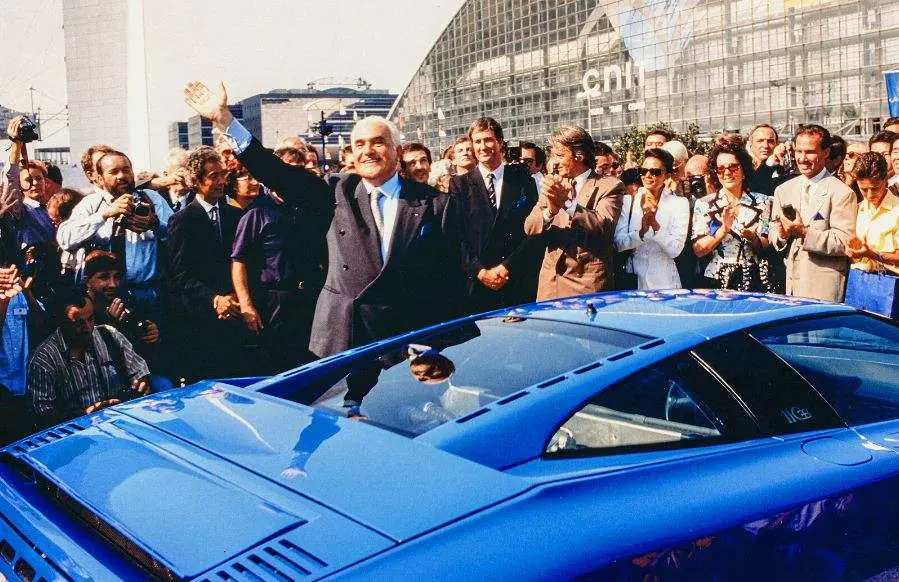In 1952, he watched as Bugatti infamously shut down production in Molsheim, France. Three decades later, at the age of 59, this technician and then already successful entrepreneur started the renaissance of Bugatti.
That man was Romano Artioli, who celebrated his 90th birthday on December 5th. Born in 1932, Artioli studied mechanical engineering and went on to work as a car repairer before setting up his own car dealership.
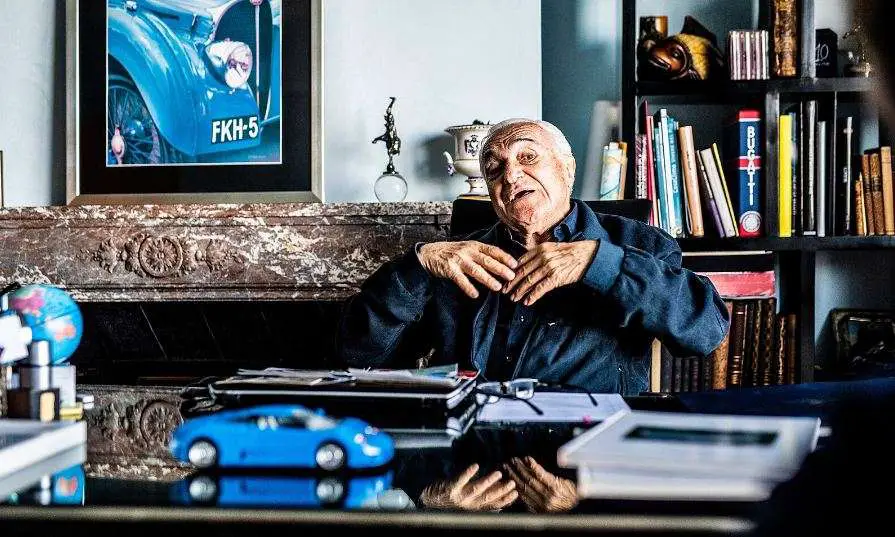
“Romano Artioli was always destined to play his part in the automotive industry. Already in his childhood, a book about simply obtaining a driver’s license was able to capture his imagination so much that he read it repeatedly from cover to cover,” describes the car company, which today belongs to the world of the Volkswagen Group.
Historians also emphasize that he imported cars, thanks to which he met Pavel Rajmiš, a native of Olomouc, who accompanied him – if not directly, then at least from a distance – all his life.
Romano Artioli represented the Suzuki brand in Italy, sold Ferrari and had many other activities. By the mid-1980s, he was so successful that he decided to make his dream come true and began negotiations with the French government to buy the Bugatti brand. In 1987, his dream became a reality.
Artioli perceived the importance of Molsheim as the symbolic home of the brand. “But he also quickly realized that the engineers and designers he needed to create something incomparable were no longer in the field,” the automaker writes.
According to Romano Artioli, the rebirth of Bugatti had to be marked by a car that lives up to the brand founder Ettore Bugatti’s motto: “If it’s comparable, it’s no longer Bugatti.”
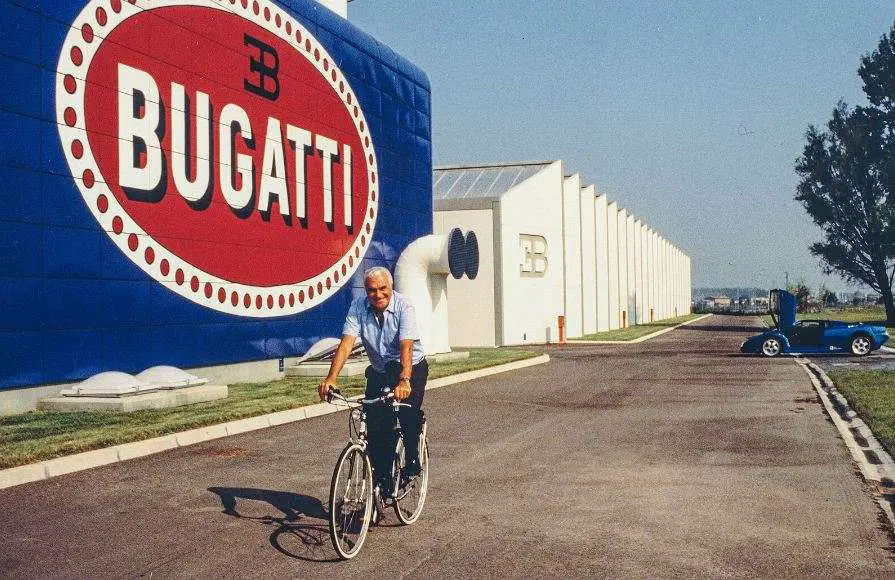
Romano therefore needed the most brilliant engineers, leading technical minds, the best equipment and designers with big visions – and intuitively he looked for them in Modena, Italy.
In the years that followed from the end of the 1980s, he built a super-modern car manufacturing plant on an area of 240,000 square meters near the brands Ferrari, Maserati, De Tomaso or Lamborghini. It included an administrative building, a design studio, development and testing laboratories, production halls, a test track, a stylish dining room and an exhibition space.
“He established a tight-knit team of people, led by some of the greatest engineers and designers of his generation. It was a team that he couldn’t put together in Molsheim, but wanted to replicate the huge sense of pride and community that Ettore Bugatti had established in France,” the automaker’s historians recount.
The biggest names of their time worked in Artioli’s team: Nicola Materazzi, Marcello Gandini, Giampaolo Benedini. They created the best and fastest super sports car in the world.
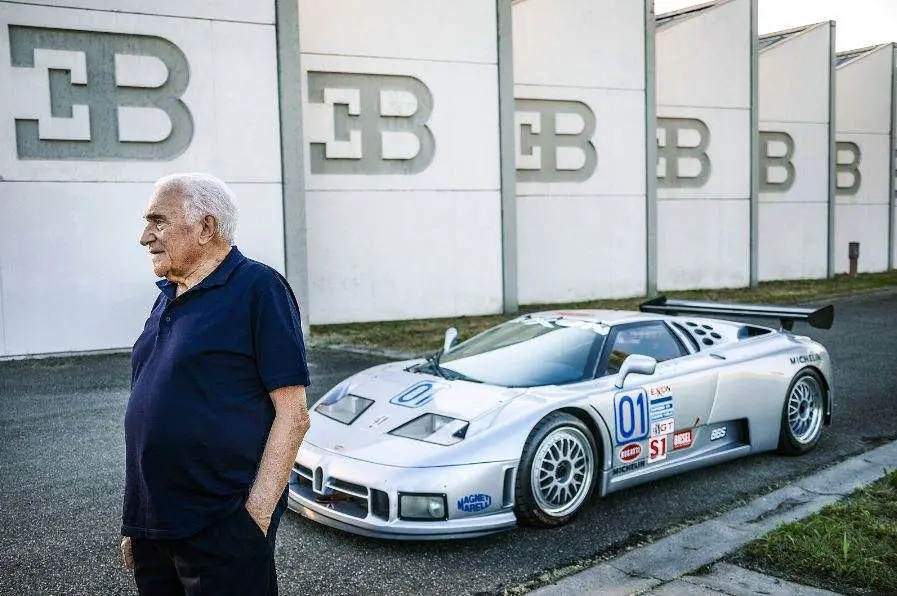
The Bugatti EB110 was the first series-produced carbon supercar. It had four-wheel drive, powered by four turbocharged twelve-cylinder with a volume of 3.5 liters giving 560 horsepower.
It was unveiled on Ettore Bugatti’s 110th birthday, in Paris in 1991, hence the EB110.
“While everyone else was creating racing cars for the road, his idea was to strive to create the ultimate GT. And that with technologies that have not yet been used in a road car, and with a timelessly elegant design. It was a true Bugatti in every sense,” describes Achim Anscheidt, chief designer of today’s Bugatti.
The car immediately became an automotive icon. Perhaps the biggest fan of the EB110 at the time was Michael Schumacher, who bought his yellow EB110 SS in 1994.
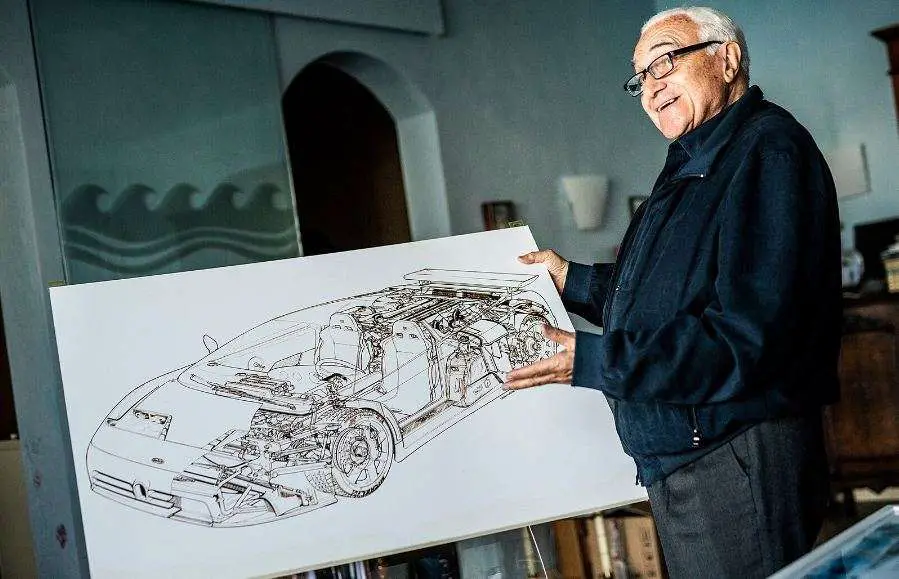
“Although Romano’s miraculous success was hailed as a true futuristic automotive creation, it could not compete with the impending severe global economic downturn,” the firm today describes in a nutshell the end of Artioli’s Bugatti. On September 23, 1995, Romano filed for bankruptcy.
In the abandoned factory called ‘Fabbrica Blu’, the pens and documents that were left on the desks after Artioli’s team left, calendars hang on the walls…
However, Bugatti soon came to life again under the command of another giant of the car world, Ferdinand Piëch.
Credit: František Dvořák | All the information & photo credit goes to respective authorities. DM for removal please.
Related: Bugatti Type 57 Roadster Grand Raid Usine is one of rare and beautiful cars in the world
